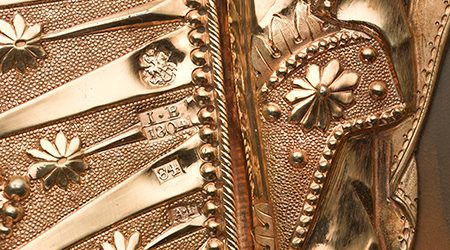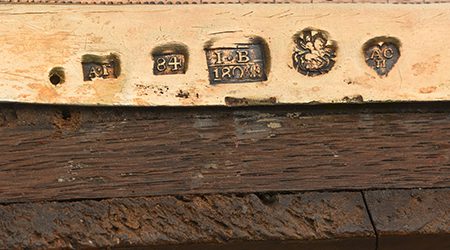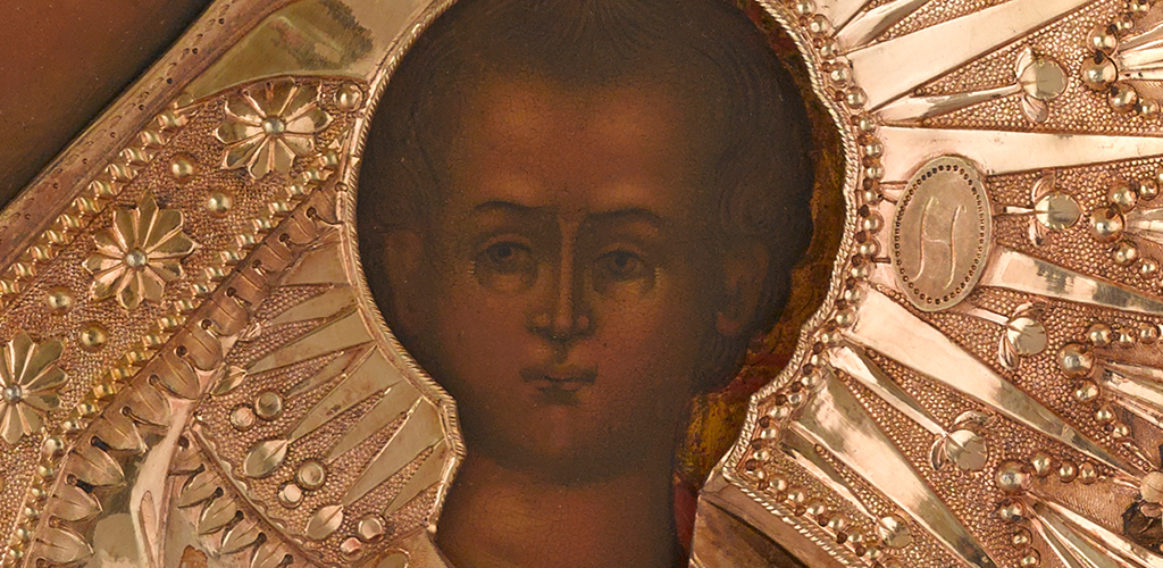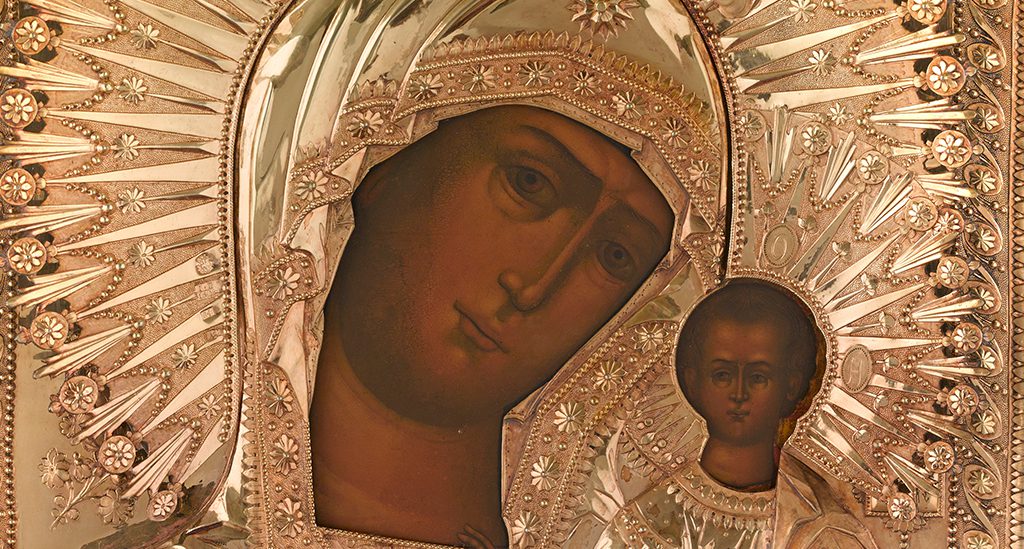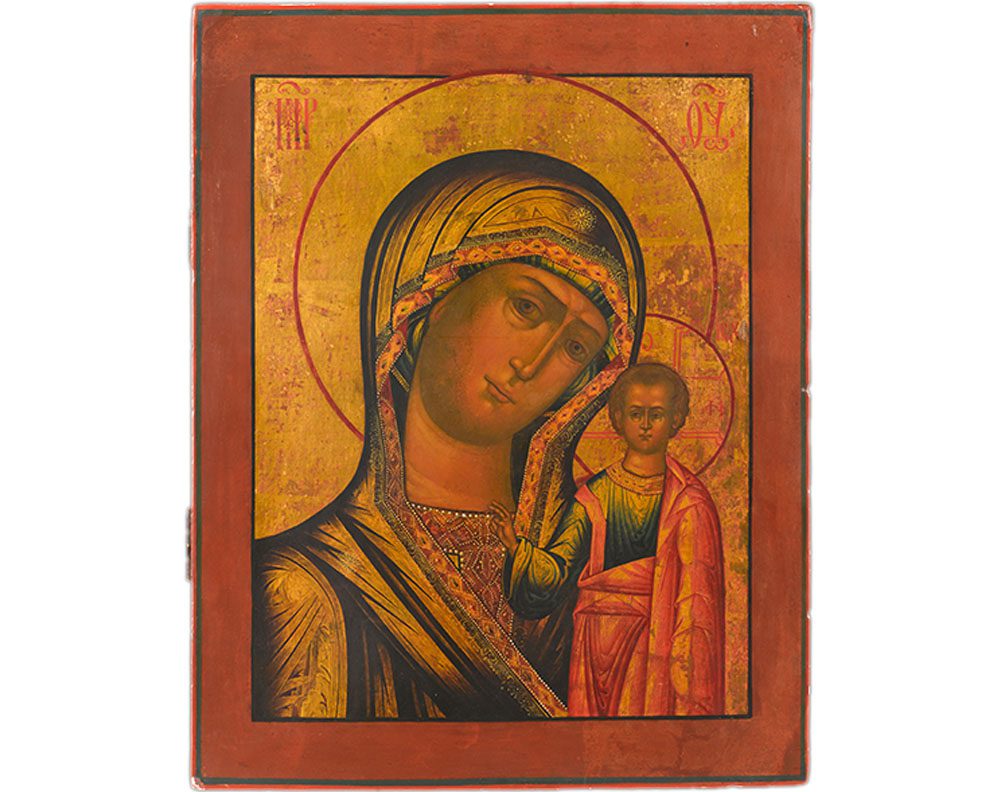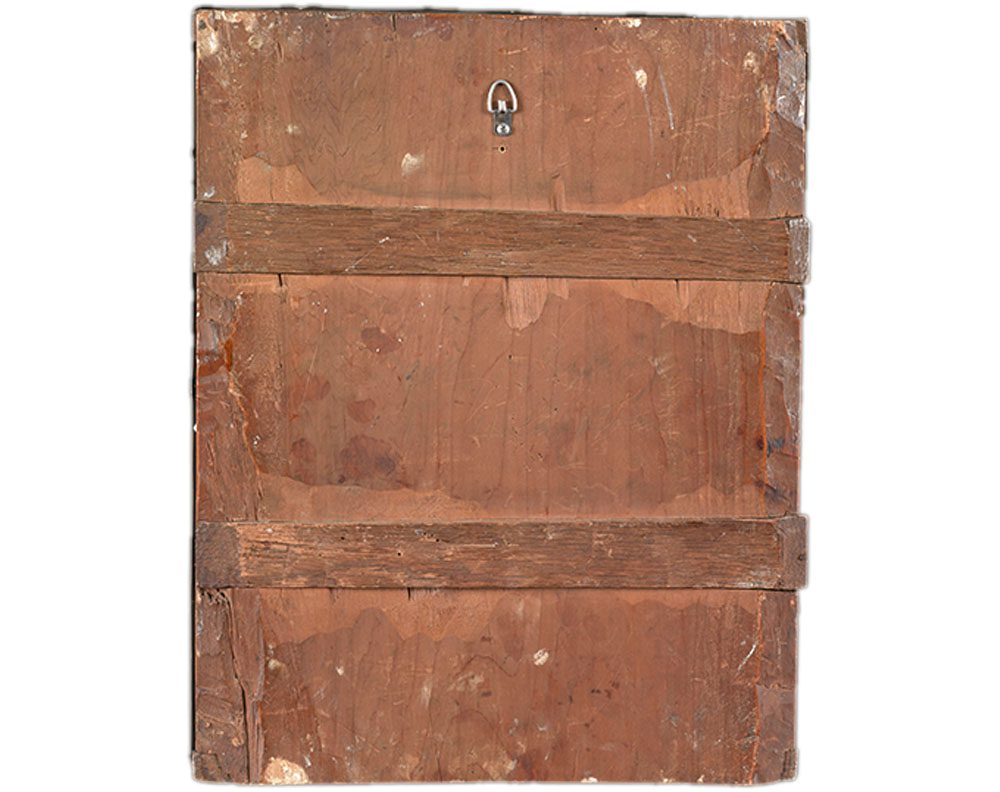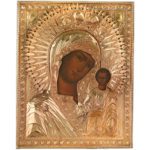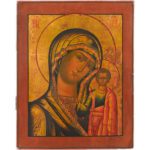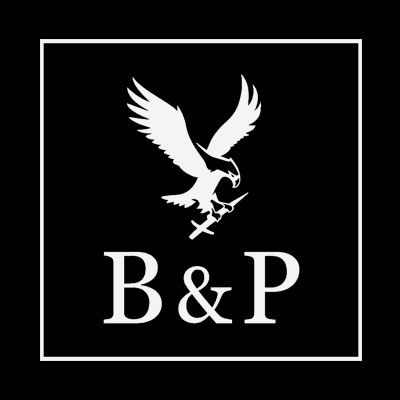Exhibitions
Icons and Easter Eggs of Imperial Russia, Hearst Art Gallery, St Mary’s College, Moraga, CA, 1995
Bibliography
A. Ruzhnikov, A. Harlow, Icons and Easter Eggs of Imperial Russia, Hearst Art Gallery Exhibition Catalogue, Morgana, 1995, illustrated in colour on the cover
Painted in the traditional style, the icon is encased in a silver-gilt chased and repoussé oklad. The Mother of God is shown bust-length inclining her head towards her son. She is dressed in a richly embellished maphorion, decorated with stars, symbols of her ever-virginity. Christ Child is depicted in an erect frontal pose raising his right hand in benediction while his left hand is hidden under the folds of his himation.
The Mother of God of Kazan, a variant of the Greek Hodegetria (the Guide or the One who leads the Way in Greek), is one of the oldest and most venerated images in Orthodox Christianity. The icon of the Kazan Virgin is celebrated on July 8th and October 22nd, the icon made its apparition in 1579 in the city of Kazan – formerly the capital of the Tatars – shortly after the city had been conquered by Tsar Ivan IV “The Terrible”. For centuries the icon was considered a palladium of Russia, guarding over the country’s safety. Its power was considered Russia’s primary beneficiary during the Polish invasion of 1612, the Swedish invasion of 1709 and Napoleon’s 1812 invasion. Icons of the Kazan Virgin are most revered and widespread in Russia.
